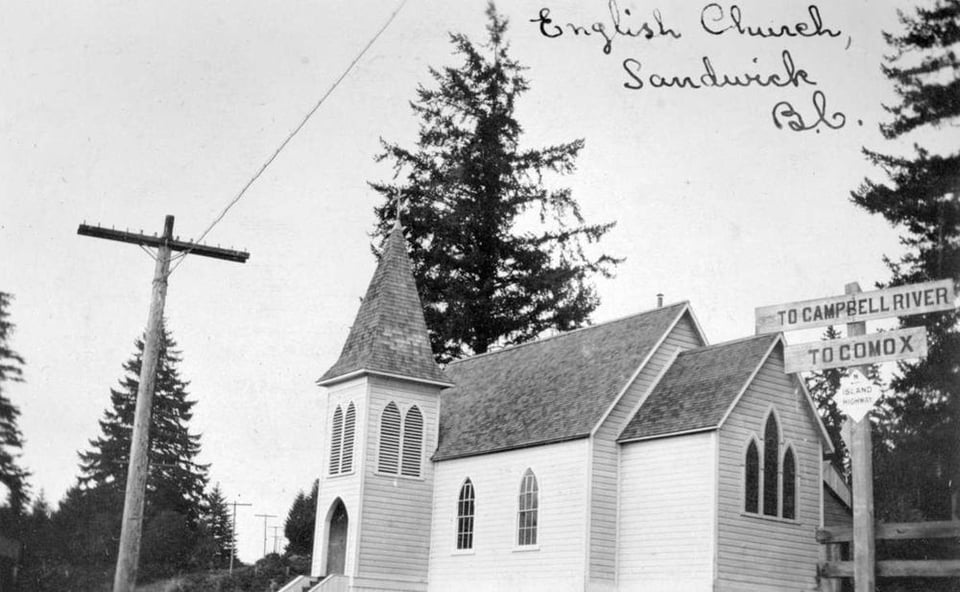(War) Memorials
Dear Readers,
I’m sorry for being late in sending my latest dispatch. I recently started a new job at a historic site - good news! But I’ve had less time for writing.
Fear not. Left Coast Dispatch rambles on.
This dispatch is from the very top of the Salish Sea, from the territory of the K’ómoks First Nation.
Content Warning: This dispatch deals with the loss of a child.
At the beginning of May, I travelled from Victoria up to Courtenay and the Comox Valley. The online news organization The Discourse asked me to write a story for their Comox bureau, so I used this request as an excuse for a trip.
There were other reasons to visit, though. My maternal great grandfather was part of a government soldier settler scheme near Courtenay (the subject of The Discourse story) and my grandfather and his siblings were born and raised near Comox.
Upon arrival, I stopped in at the Courtenay Museum. Later in the day, I planned to see the Sandwick cemetery — my great grandparents lost two children at birth and they are buried there. I had never visited before.
At the museum, staff helped me locate records connected to the soldier settlement scheme that became known as Merville. When I mentioned the cemetery visit, they unrolled a map of the plots. They were both there, Baby and Muriel.
Baby died in January 1921, Muriel in October 1932.
The museum also holds copies of the Comox Argus (1920-1959), a newspaper that is not available online. The curator retrieved the January 1921 volume for me, but there was no notice of Baby’s death. However, the October 20, 1932 issue of the Agrus does mention Muriel’s passing and the loss suffered by my great grandparents.

It was my first time seeing this. I am struck by the difficulties the family faced creating a new life in the Comox Valley and thought about the strength of my great grandmother, a war bride who suffered the loss of two children, but also had three children (and two step-children) who would all live through the Great Depression and into adulthood.

A Lone Fawn Lily
Sandwick Cemetery is located behind St. Andrew’s Anglican Church. The church, established in 1873 and rebuilt after fire in 1885, is small and quaint but located next to the busy Old Island Highway. The cemetery itself is quiet, with massive Garry oak trees scattered throughout.

Baby and Muriel are located at the very back of the cemetery. Their graves are unmarked, but thanks to the museum’s map I knew the location. European bluebells and tall grass covered their resting place; a lone native fawn lily grew there too, still in bloom. I forgot to bring flowers, but the ones already there seemed to be an appropriate marker.

The War Memorial Cairn
Another memorial can be found just outside the gates of the Sandwick Cemetery – the Sandwick War Memorial Cairn. The cairn was suggested by the Great War Veterans’ Association in 1921, the same year Baby was interred at the cemetery. Completed in 1922, it was built with stones collected from the farms of soldier settlers and other locals.
The soldier settlement records at the museum detail my great grandfather’s presence and participation in the Merville project. As a veteran of the First World War, it seems likely that one of the many stones in this imposing cairn was contributed by him.

It is a privilege to be able to retrieve these snippets of family history – much has been lost or forgotten. This may have been my first time to the Sandwick Cemetery, but I don’t think it will be my last.
PS: A special note of thanks to Catherine, Curator of Social History at the Courtenay and District Museum, for her assistance.
PPS: I will share The Discourse story about Merville with LCD readers when it is published.